Welcome to our FPV Cameras category page! FPV Cameras are your cockpit view to the skies. Unlike standard camera drones, FPV cameras are built for ultra-low latency and real-time visual clarity, which is essential for precision racing and aggressive freestyle flying. Browse our selection of digital and analog FPV cameras, video transmitters (VTX), and accessories.
FPV Cameras
Capture stunning aerial footage with our high-quality FPV cameras for your drone
Product List
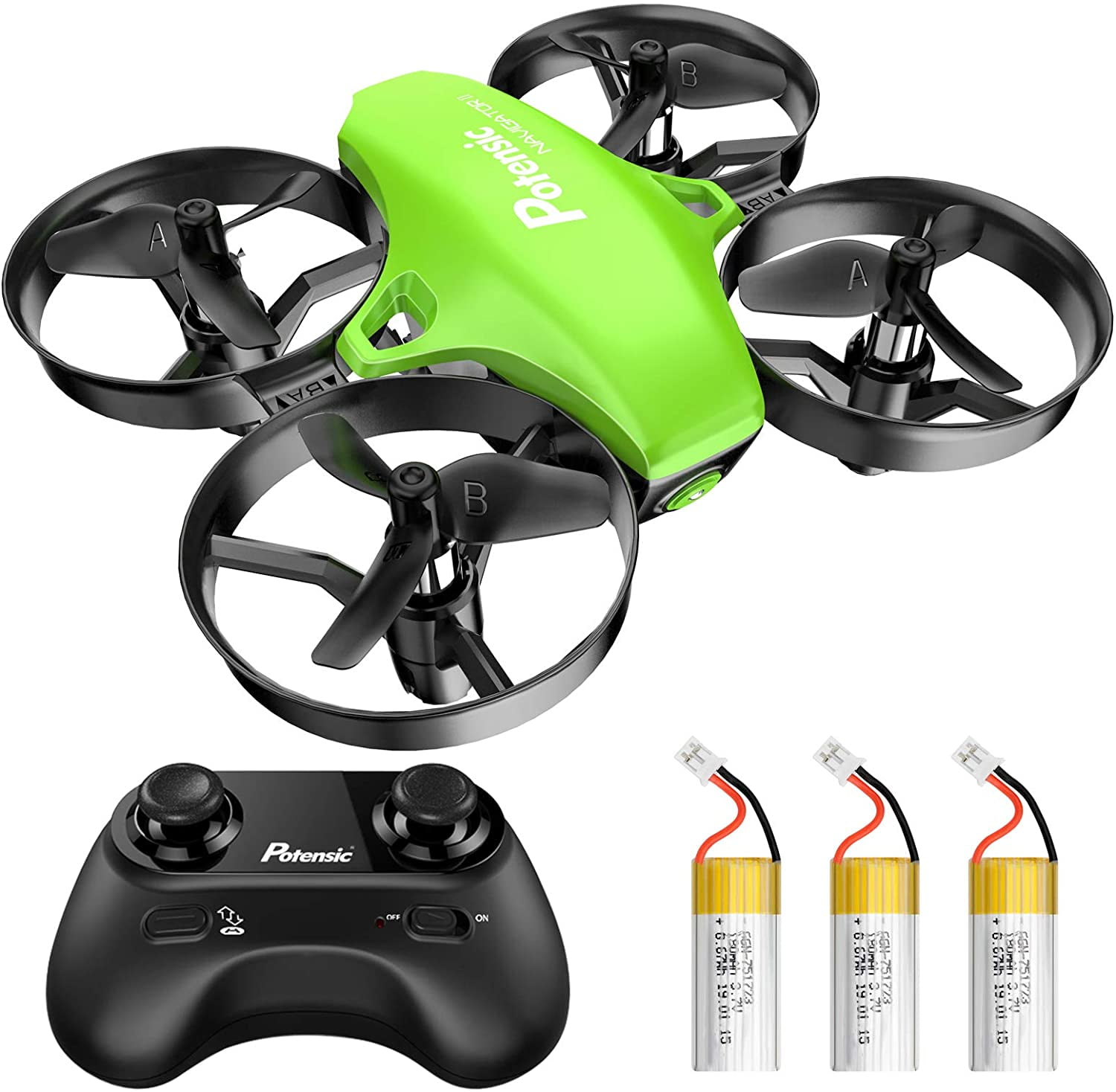
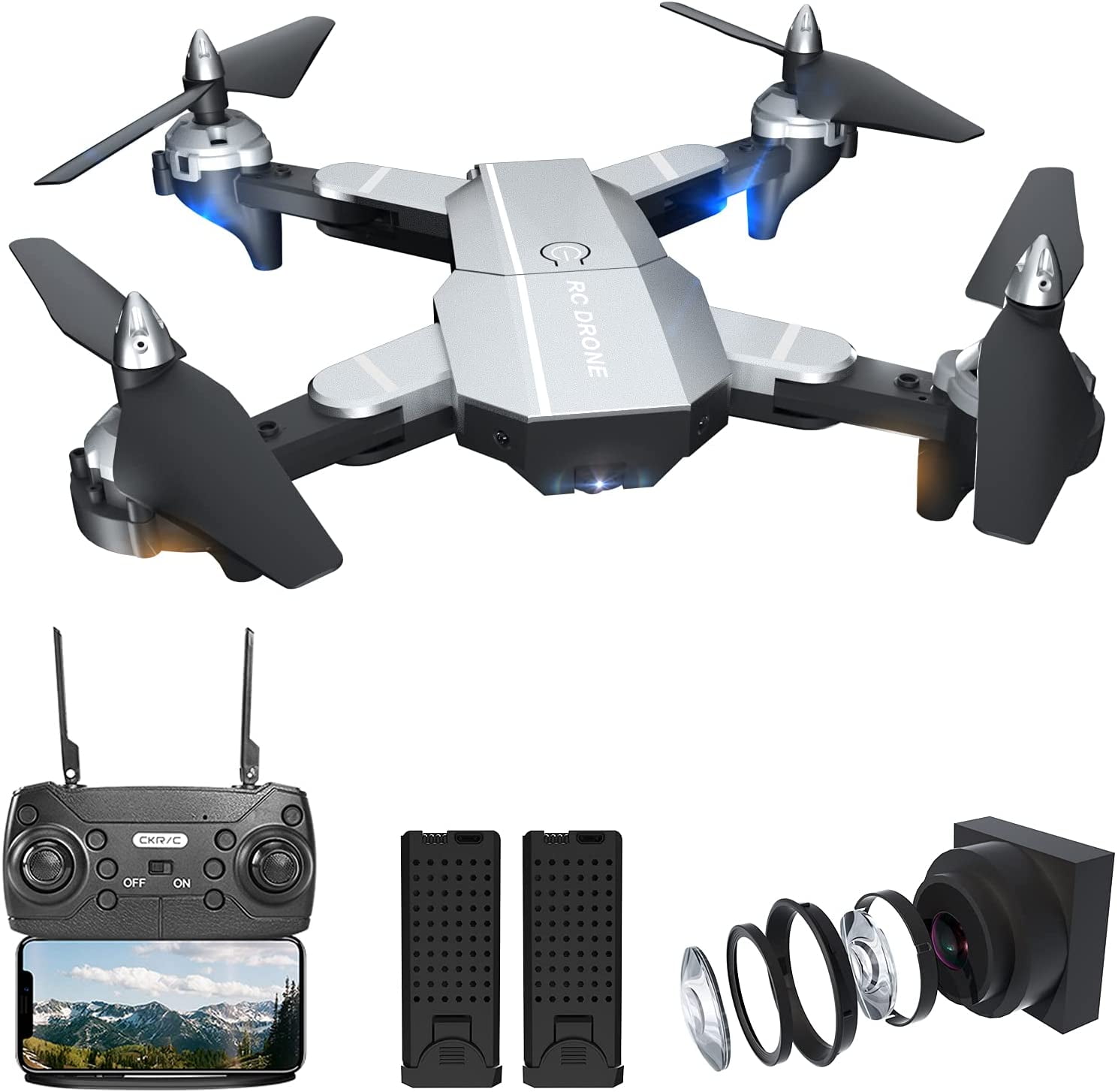
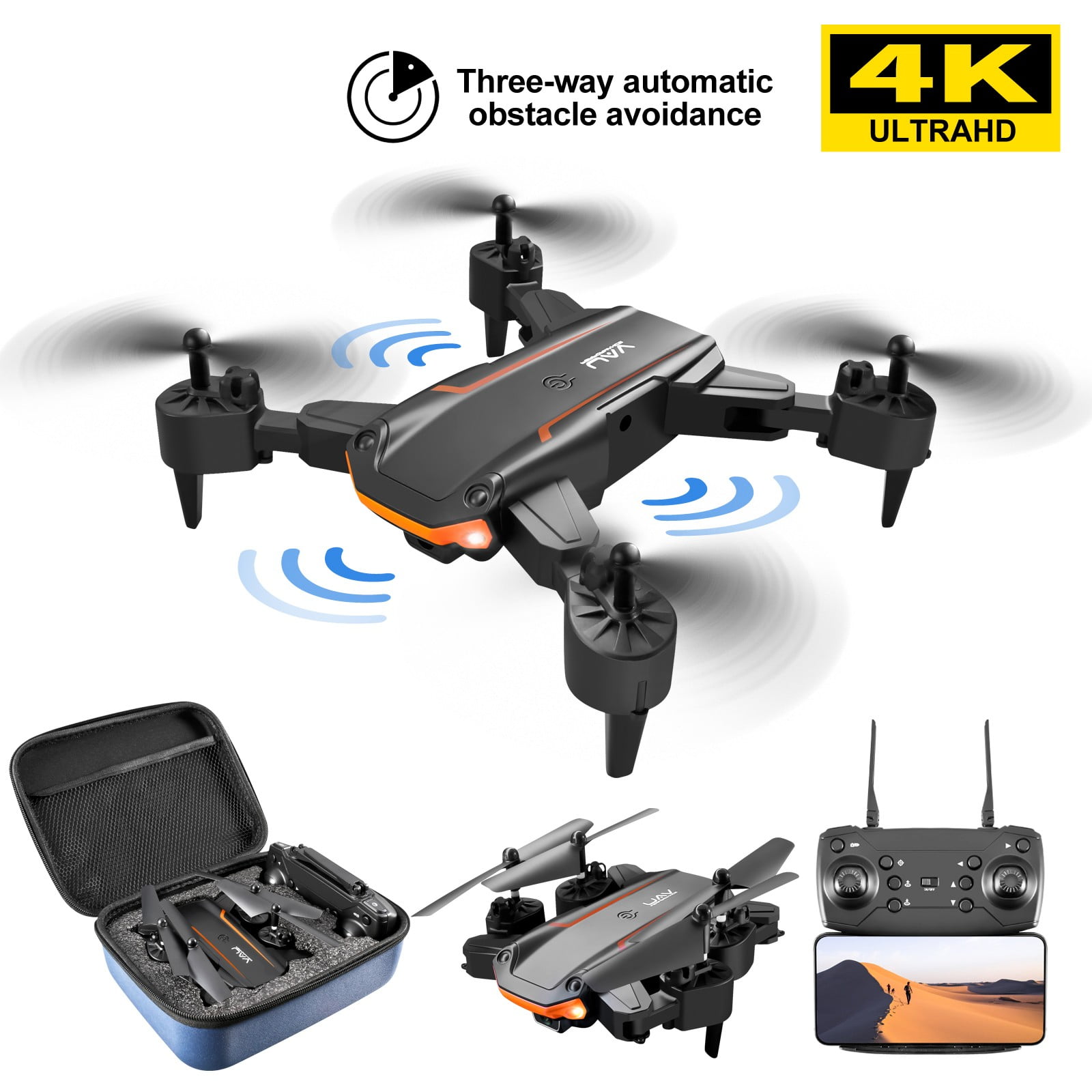
4K Foldable Drone - Obstacle Avoidance
Toy
Product Review Score
4.54 out of 5 stars
22 reviews$98.10 $45.78
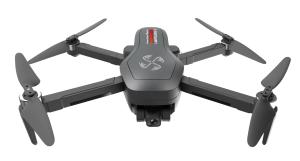
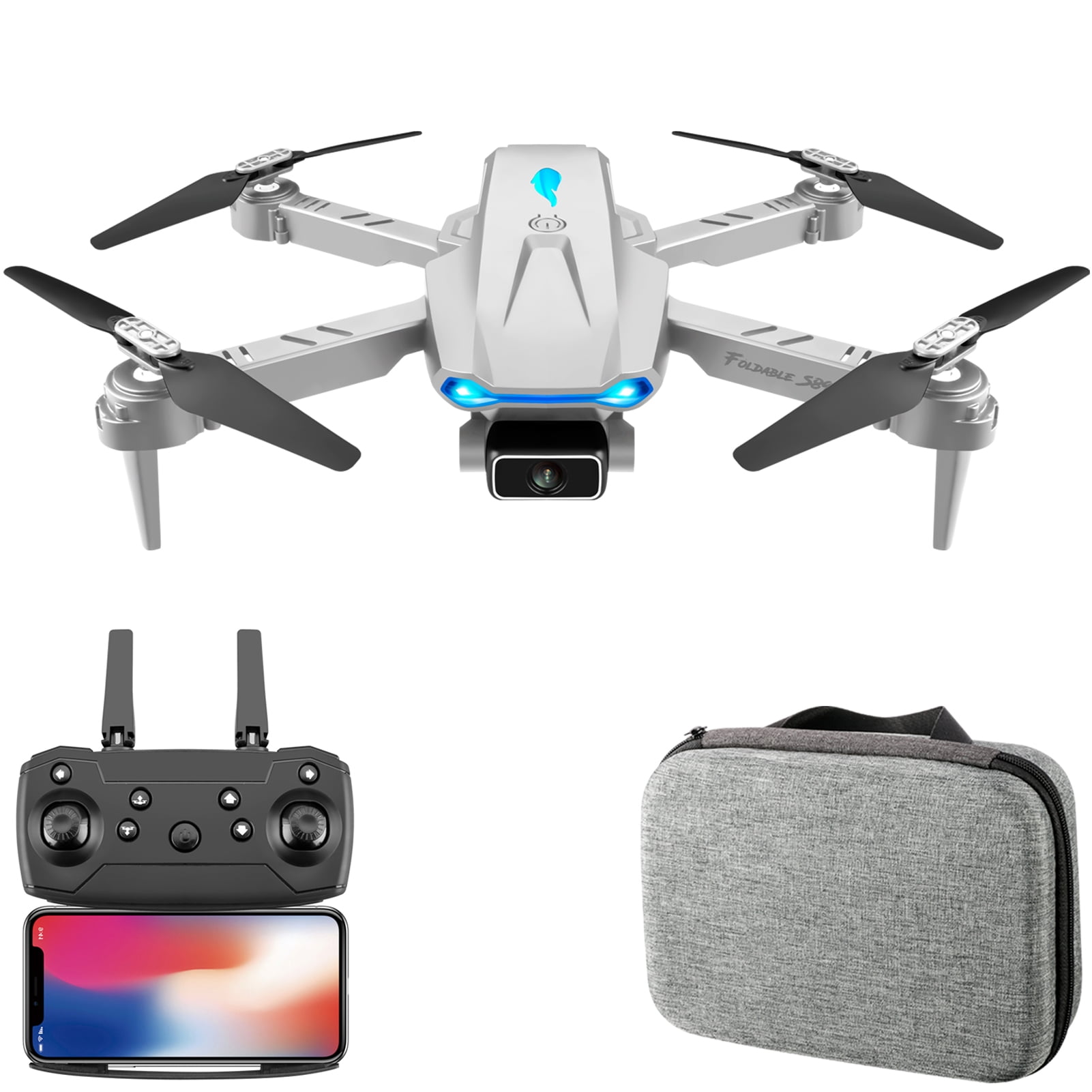
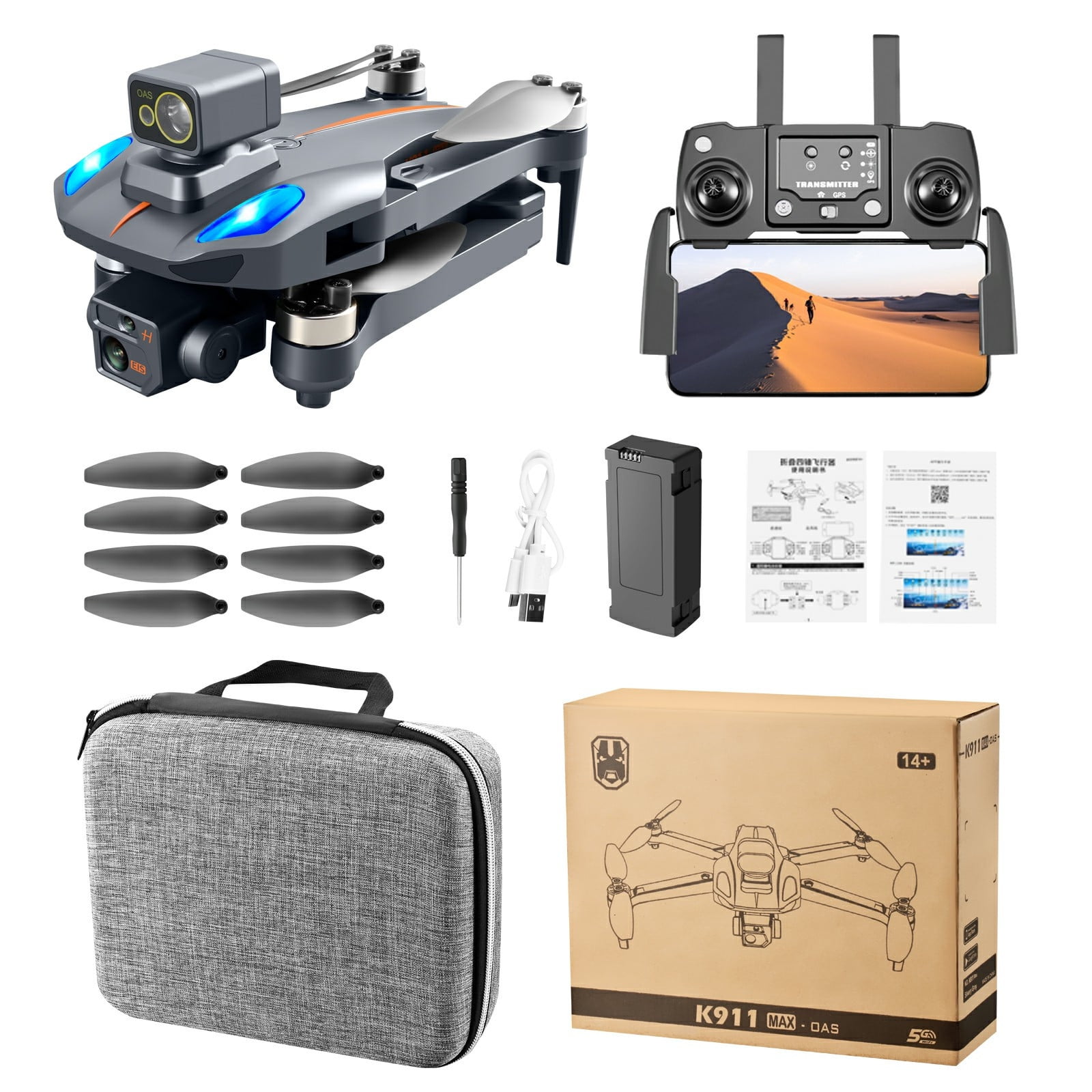
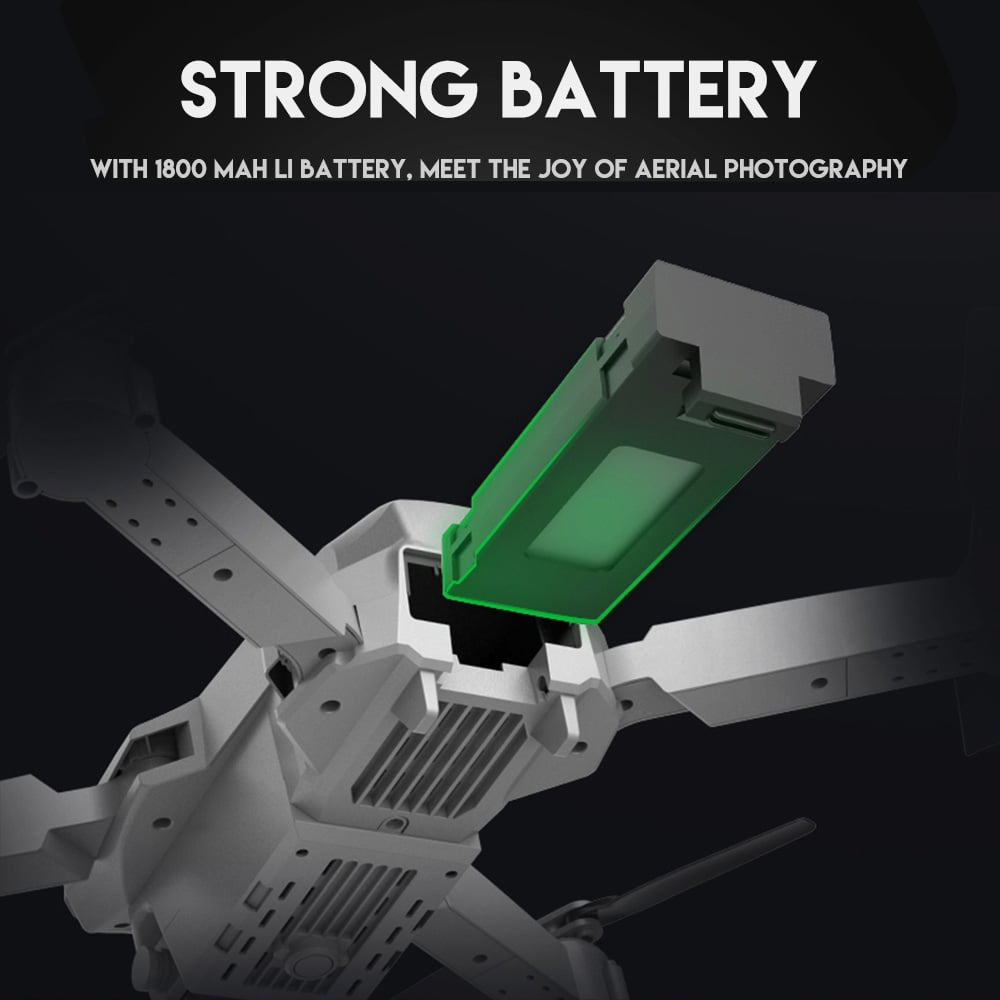
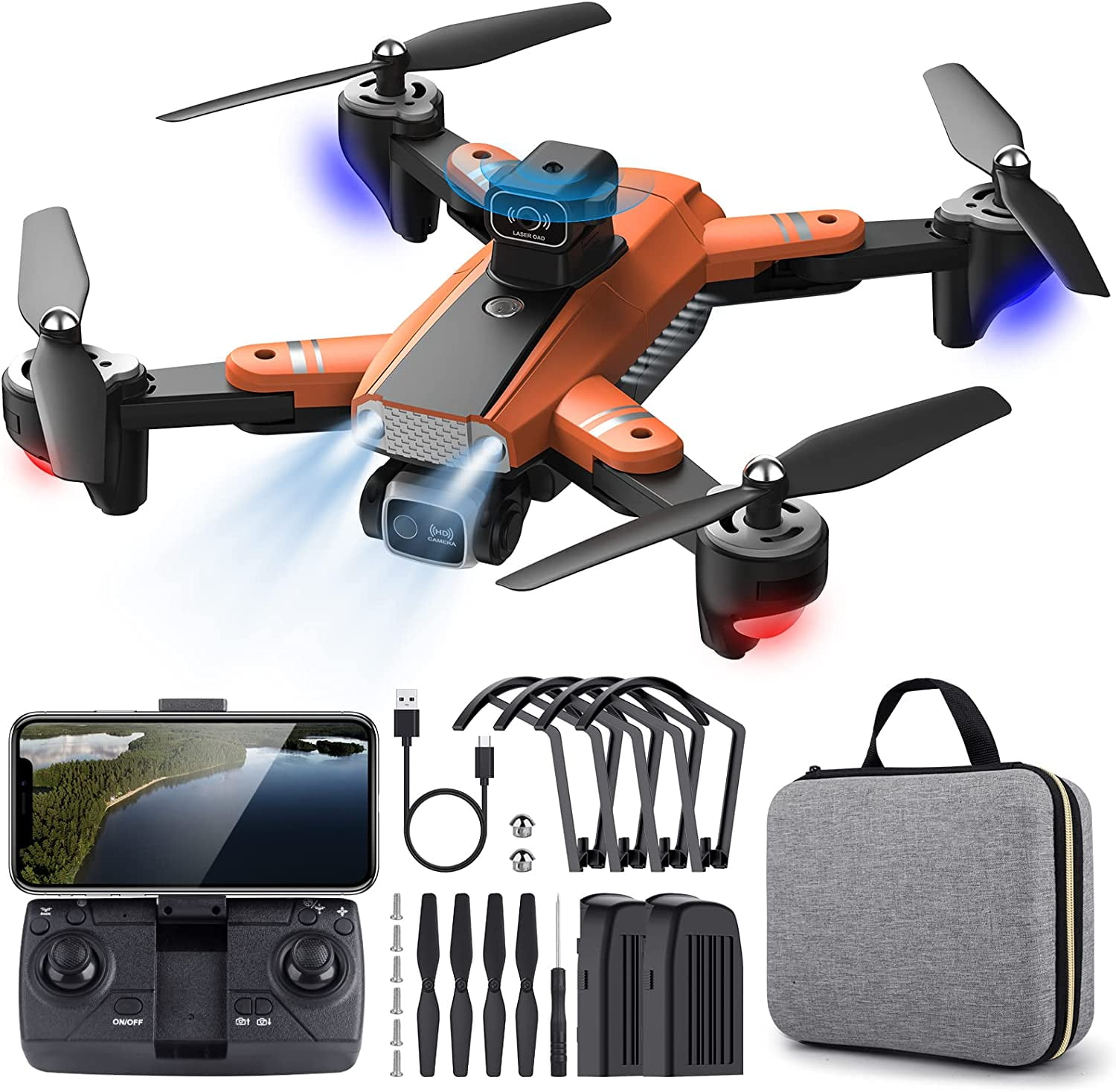

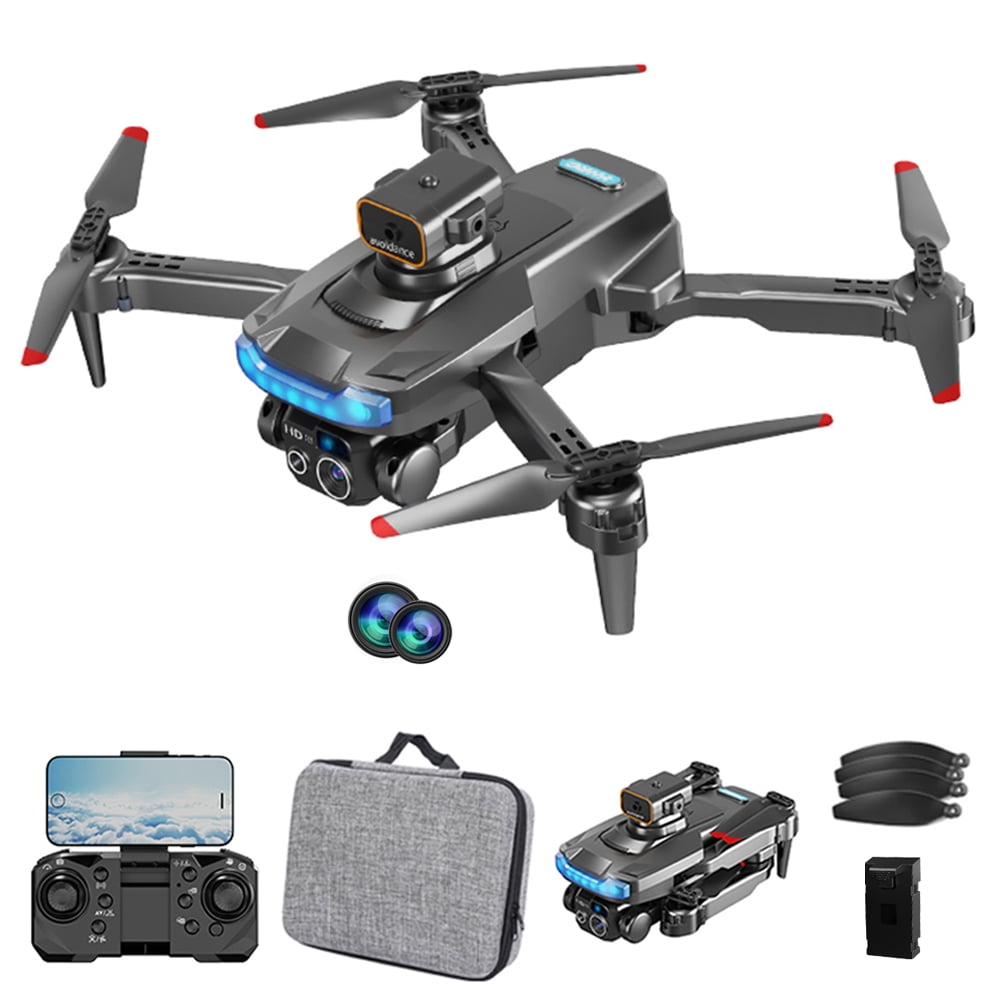
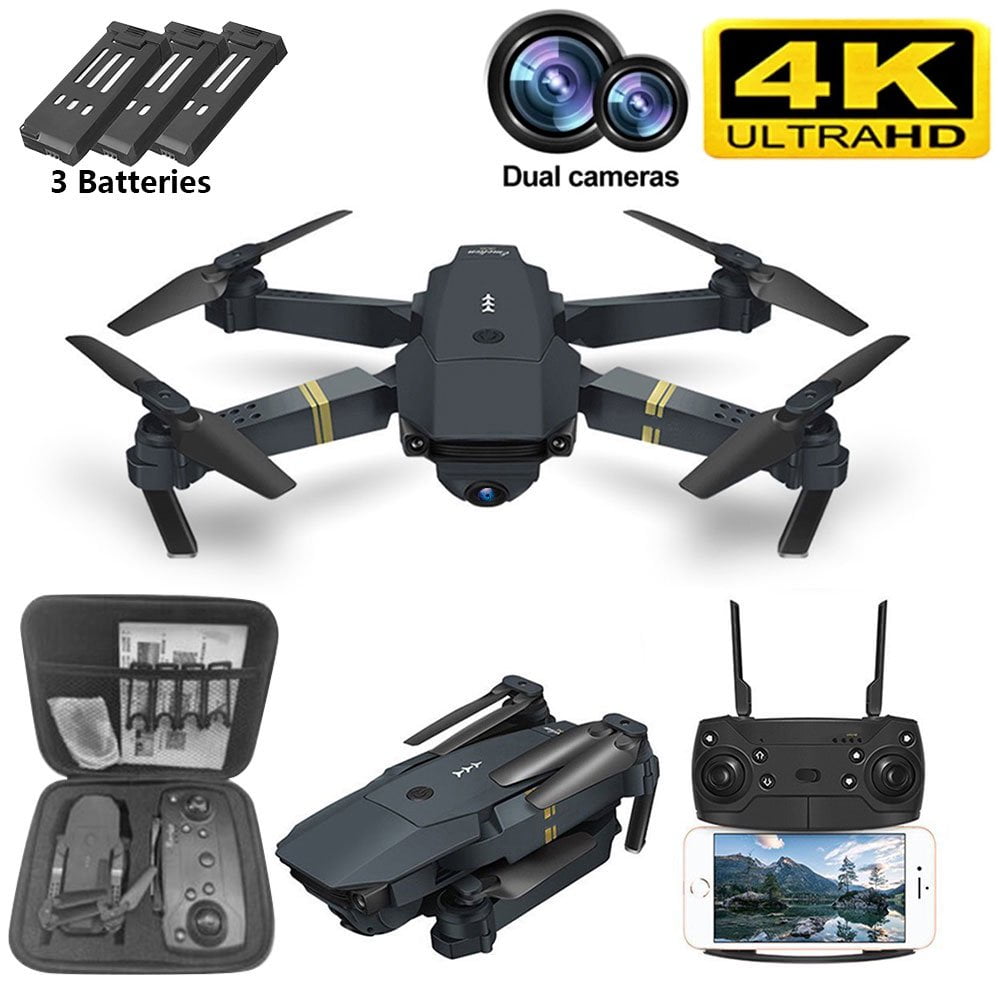
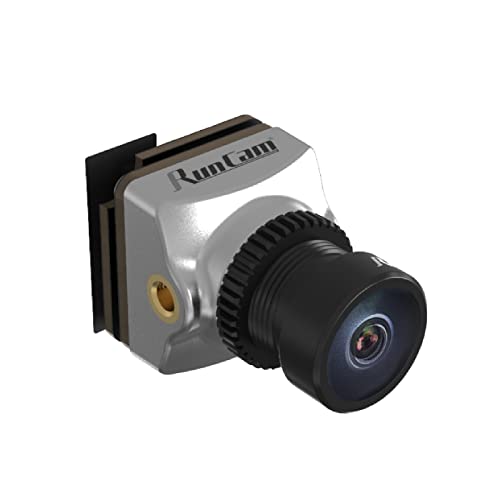
FPV Camera Buying Guide
Digital vs. Analog Systems
-
Analog: This system is cheaper and simpler, offering an extremely low, stable latency (often under 30ms), which is the core reason competitive racers still use it. The image is low-resolution (measured in TVL) and noisy.
-
Digital (HD): Systems like DJI and Walksnail offer significantly higher resolution (720p/1080p) and a cleaner image with better low-light performance. Latency can be slightly higher and may vary, but the clarity is vastly superior.
Key Camera Terminology
-
Latency: This is the time delay from image capture to goggle display. Low latency (under 25ms) is the single most critical factor for manual/Acro flying, as high delay can lead to crashes.
-
Field of View (FOV): FOV determines the width of the picture you see while flying. A wider FOV (155°–165°) improves situational awareness for racing, while a narrower FOV (130°–150°) is better for cinematic flying with less distortion.
-
Aspect Ratio (4:3 vs 16:9): The 4:3 ratio provides a taller vertical view, which helps pilots judge the drone's attitude during aggressive maneuvers. The 16:9 ratio offers a wider, more cinematic feel.
-
Resolution (TVL vs. Pixels): Analog cameras use TVL (Television Lines) to measure resolution, which is limited by the analog signal to a low quality. Digital cameras use standard pixel resolutions (720p/1080p), offering a much clearer image.
